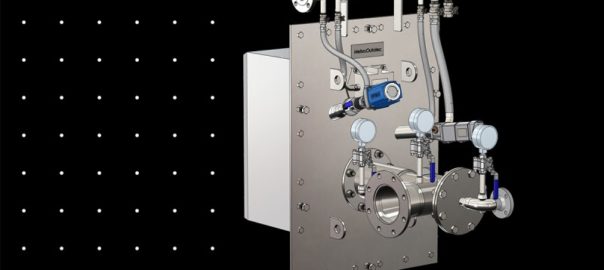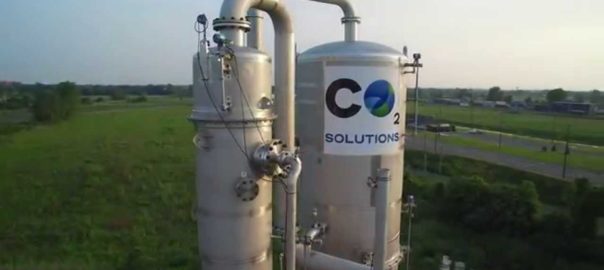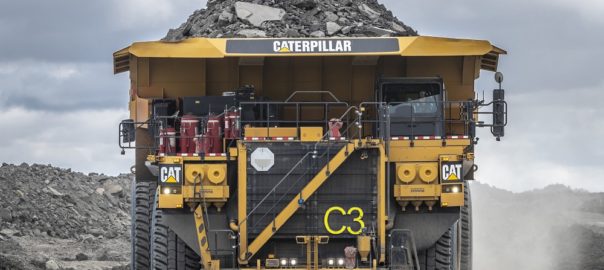Metso Outotec has launched the Ferroflame™ LowNOx burner for travelling grate pelletising plants to enable pellet plant operators to, it says, achieve the stringent nitrogen oxide emission targets with ease.
The new burner is part of the company’s Planet Positive offering focused on environmentally-efficient technologies.
The Ferroflame LowNOx burner uses high-speed dilution, which is an effective way to improve the combustion process and reduce NOx emissions. It works seamlessly with natural gas, and tests demonstrate that can also be used with diesel and coke oven gas, according to Metso Outotec.
“We are very excited about the Ferroflame LowNOx burner, our emission- and cost-efficient alternative to minimise NOx emissions from the combustion process,” Dr Andreas Munko, Senior Product Manager, Ferrous and Heat Transfer at Metso Outotec, said. “Its functionality and performance with natural gas have been proven on site. The burners have been operating successfully at a client site since 2019.”
Metso Outotec says its Ferroflame LowNOx burner offers an up to 80% reduction of NOx emissions, an expected thermal penalty on natural gas circa-10% and an increased pellet homogeneity and quality.










